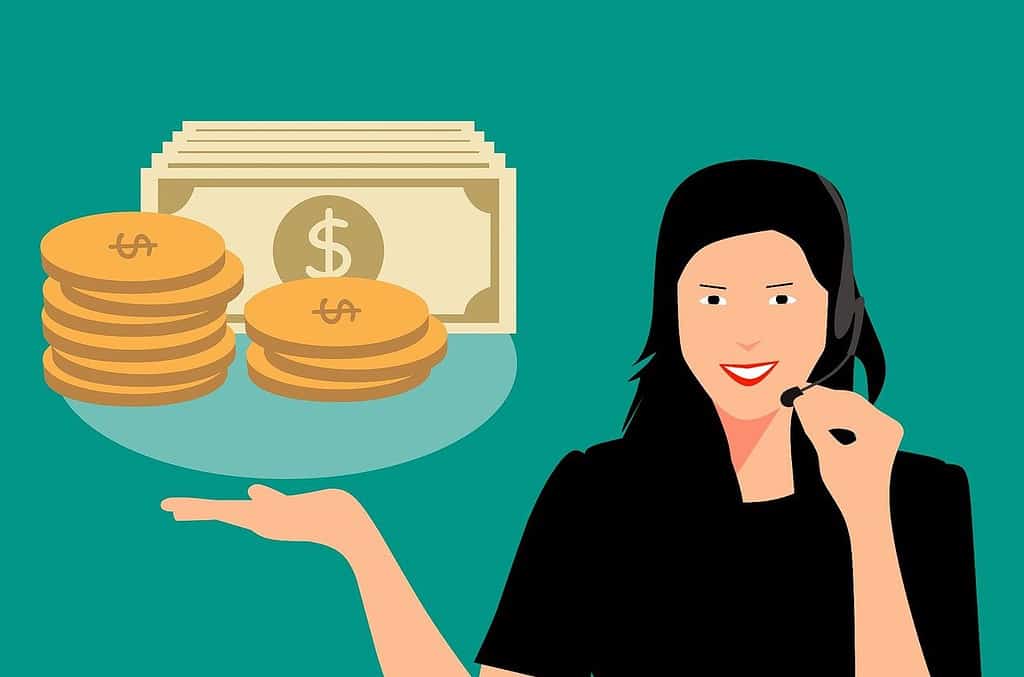Starting Forex trading without risking
too much money is the smartest move for most beginners. That’s where micro
accounts come in. They let you trade with as little as $1 per position, so you
can test strategies, learn from real price movements and manage risk with more
control. Many traders lose big early because they jump in too fast.
Micro accounts slow that down in a
good way. In fact, according to a Myfxbook study, over 70% of new retail
traders blow their accounts within the first 6 months—mostly because they trade
too large, too soon. A micro account changes that story. It’s not just for
beginners either—experienced traders use them for testing and fine-tuning, too.
Here’s why micro accounts are more than just a “starter” tool.
Smaller Lot Sizes = Lower Risk Per Trade
The biggest difference with a micro
account is the lot size. In standard accounts, 1 lot equals 100,000 units of
the base currency. In a micro account type you choose, it’s only 1,000
units.
That means instead of risking $10 per
pip, you’re only risking $0.10 per pip. For someone with a $500 account, that’s
a huge deal. You can stay in the game longer and that’s critical for learning
and improving.
Example: Let’s say you’re trading
EUR/USD. A 50-pip loss in a standard lot would cost you $500. With a micro lot,
it’s just $5. That difference can be the line between blowing your account and
surviving to trade another day.
Better Money Management for Small Accounts
Micro accounts give you more control
over how much you risk. You can fine-tune position sizes to match your risk
tolerance and account size. This makes it easier to follow the golden rule of
trading: Never risk more than 1–2% of your account on a single trade.
If you have $200 and want to risk just
1%, that’s $2. With a micro account, you can easily size your trade to match
that. With standard or even mini accounts, it becomes almost impossible to
stick to that rule.
This flexibility allows you to build
discipline around money management from day one—one of the most important
habits for long-term success.
Real-World Practice Without Demo Limitations
Demo accounts are good for learning
the basics, but they don’t prepare you for the real thing. You don’t feel fear,
greed, or stress in a demo. That changes when real money is involved—even if
it’s just $10.
Micro accounts let you practice under
real market conditions while keeping emotions in check. You learn how to deal
with slippage, spreads and execution speed. That kind of experience can’t be
simulated.
Many experienced traders recommend
using micro accounts for at least 3–6 months before moving to larger sizes.
It’s a safe space to develop technical skills and emotional discipline at the
same time.
Affordable Testing Ground for Strategies
Testing a new trading strategy can be
risky and expensive with standard accounts. Micro accounts make it affordable.
Let’s say you’ve built a new breakout
strategy and want to see how it performs in live markets. You don’t need to
risk hundreds of dollars. You can risk pennies, observe the behavior and
analyze your wins and losses with real execution data.
Traders often get misled by demo
results. A strategy might look perfect on paper, but fail when slippage and
spread widen in live trading. Micro accounts allow you to find out without
paying a painful price.
Helps Develop Consistency and Confidence
Consistency is key in trading. Micro accounts
help you build that by forcing you to follow rules, track results and stick to
your plan. You’re still risking real money, so there’s a cost to being
careless, but not a catastrophic one.
This is where confidence comes
from—not from reading theory or winning one big trade, but from knowing that
you can repeat a process with discipline.
Think of micro accounts like the
training wheels on a bike. They don’t limit your speed; they protect you while
you learn balance. Once you prove your system works, you can scale up with the
same process.
Easy Entry for Global Traders
Not everyone can start with $1,000 or
$5,000. In many countries, even $100 is a big investment. Micro accounts open
the door for traders from different economic backgrounds to join the market.
In regions like Africa, Southeast Asia
and parts of Latin America, this accessibility has created a wave of new retail
traders. Brokers know this and offer micro accounts for exactly that reason.
This democratization of trading is one
of the biggest long-term impacts of micro accounts—they help level the playing
field.
Keeps Ego and Overconfidence in Check
Trading large positions can boost your
ego when you win, but it’s dangerous. A few lucky trades can give you false
confidence and that’s when mistakes happen.
Micro accounts force you to think
about risk instead of rewards. You stop focusing on how much you can win and
start focusing on how long you can stay consistent.
This mindset shift is huge.
Professional traders don’t care about hitting the jackpot—they care about
protecting capital and making smart, repeatable decisions. Micro accounts help
you think that way from the start.
If you’re exploring new pairs like
GBP/JPY or gold, micro accounts let you test the waters with minimal risk.
They’re ideal for trying volatile markets like crypto has proven to be,
for example, or unfamiliar assets—giving you a low-risk way to learn without
big exposure.
This article was written by FL Contributors at www.forexlive.com.

